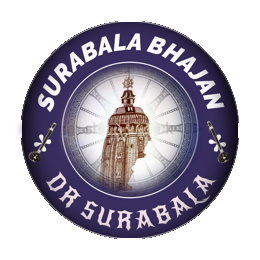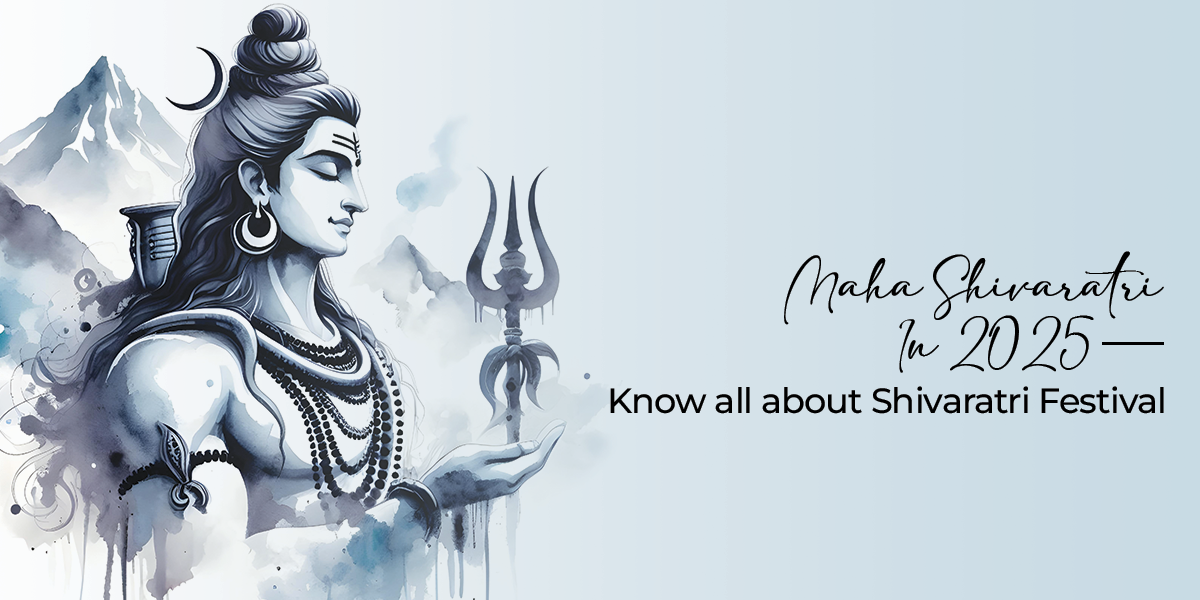Maha Shivratri, one of the most auspicious Hindu festivals, is a night dedicated to worshiping Lord Shiva, the supreme deity of transformation and destruction. Celebrated with immense devotion and spiritual fervor, this festival signifies the triumph of light over darkness and ignorance. In 2025, Maha Shivaratri falls on February 26. Devotees across India and the world observe fasting, night-long vigils, and special rituals to seek the divine blessings of Lord Shiva.
The Significance of Maha Shivaratri:
Maha Shivaratri, meaning ‘The Great Night of Shiva,’ is not just another Hindu festival but a powerful spiritual event that holds deep mythological and cosmic significance. According to ancient scriptures, it is the night when Lord Shiva performs the divine dance of creation, preservation, and destruction. Further, this festival is also believed to be the day when Shiva and Parvati were married, symbolizing the union of cosmic energies.
Moreover, for devotees, Maha Shivratri is an opportunity for self-reflection, spiritual awakening, and liberation from past sins. People believe that sincere prayers and austerities on this holy night help in attaining Moksha (salvation).
Rituals and Traditions of Maha Shivaratri:
Maha Shivaratri takes place with a variety of religious and spiritual rituals. These are a few of the main rituals that devotees do:
1. Fasting (Vrat)
Many devotees observe a strict fast throughout the day, refraining from food and water. Some opt for a fruit and milk diet while others take a Nirjala fast (without water) as an expression of deep devotion and self-discipline.
2. Rudra Abhishekam (Holy Bath of Shiva Lingam)
One of the main rituals of maha shivaratri is the Abhishekam of the Shiva Lingam. Devotees perform this sacred offering using milk, honey, ghee, yogurt, sugarcane juice, Gangajal (holy water from the Ganges), and Bilva leaves, moreover, chanting powerful Shiva mantras like Om Namah Shivaya.
3. Night-long Vigil and Bhajans
Devotees stay awake throughout the night, engaging in prayers, bhajans (devotional songs), and recitations of Shiva’s 108 names. Additionally, many temples organize grand celebrations where priests conduct special prayers, and devotees sing praises of Lord Shiva.
4. Reading of Shiva Purana and Chanting Mantras
Reading sacred scriptures like the Shiva Purana and chanting mantras like Maha Mrityunjaya Mantra and Rudram Chamakam are common practices that bring peace and spiritual upliftment.
5. Visiting Shiva Temples
People visit famous Shiva temples such as Kashi Vishwanath (Varanasi), Somnath (Gujarat), Kedarnath (Uttarakhand), and Mahakaleshwar (Ujjain) to seek divine blessings. Thousands of devotees offer prayers and participate in grand Shivaratri processions at these holy sites.
Mythological Legends Associated with Maha Shivaratri
The celebration of maha shivaratri has its roots in a variety of tales, which enhances its holy significance:
1. The Legend of Neelkanth
According to Hindu mythology, during the great churning of the ocean (Samudra Manthan), a deadly poison called Halahala emerged. So, to save the universe, Lord Shiva drank the poison and held it in his throat, which turned blue, earning him the name Neelkanth (The Blue-Throated One). This event is thought to be commemorated during maha shivaratri.
2. The Marriage of Shiva and Parvati
It is believed that on maha shivaratri, Lord Shiva and Goddess Parvati tied the sacred knot. This legend signifies the divine union of Shiva (consciousness) and Shakti (energy), symbolizing balance in the cosmos.
3. The Hunter’s Salvation
Another popular legend narrates the story of a hunter who unknowingly worshiped a Shiva Lingam by dropping Bilva leaves and water throughout the night. Lord Shiva gave him salvation since he was pleased with his dedication. This story highlights the significance of sincere devotion over rituals.
Maha Shivaratri Celebration Across India
Maha Shivaratri is observed in different ways across India, with grand temple celebrations, fairs, and processions:
- Ujjain (Madhya Pradesh) hosts a magnificent celebration at the Mahakaleshwar Jyotirlinga.
- Varanasi (Uttar Pradesh) sees thousands of devotees taking a holy dip in the Ganges and performing elaborate pujas at Kashi Vishwanath Temple.
- Kedarnath (Uttarakhand) remains a major pilgrimage site, attracting spiritual seekers.
- Tamil Nadu celebrates maha shivaratri at Chidambaram and Rameshwaram with elaborate abhishekams.
- Karnataka sees grand festivities at Murudeshwar Temple, which has the world’s second-tallest Shiva statue.
Spiritual and Scientific Importance of Maha Shivaratri
Apart from religious beliefs, maha shivaratri holds great spiritual and scientific significance:
- Energy Alignment: It is said that on this night, cosmic energies are at their peak, making meditation and prayers highly beneficial.
- Celestial Positioning: According to yogic science, planetary alignments on this night support spiritual growth and inner balance.
- Detoxification: Fasting on Maha Shivaratri is known to detoxify the body, enhance mental clarity, and improve spiritual focus.
Shiva Mantras to Chant on Maha Shivaratri
Chanting powerful mantras can amplify the benefits of maha shivratri. So, here are some sacred mantras:
- Om Namah Shivaya – The universal Shiva mantra for peace and strength.
- Maha Mrityunjaya Mantra – An effective prayer for healing and protection: “Om Tryambakam Yajamahe Sugandhim Pushtivardhanam Urvarukamiva Bandhanan Mrityor Mukshiya Maamritat”
- Shiva Panchakshari Mantra: “Om Namah Shivaya” – The five-syllable mantra for deep spiritual awakening.
To Wrap Up:
Maha Shivratri 2025 is a profound occasion for spiritual growth, devotion, and self-discovery. Whether through fasting, prayers, or meditation, this festival offers an opportunity to align with the cosmic energies of Lord Shiva. Also, by immersing ourselves in the divine vibrations of this sacred night, we can seek inner transformation, wisdom, and liberation.
May Lord Shiva bless you with health, prosperity, and eternal bliss this Maha Shivratri!

